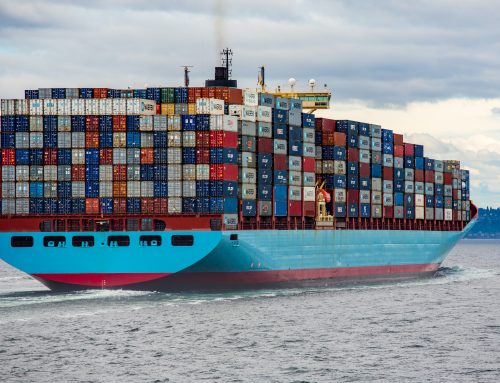The Department of Agricultura’s Animal and Plant Health Inspection Service (APHIS) has classified eight regions in Mexico for bovine tuberculosis using its classification system, which ranges from Level I to Level V. Level I regions have the lowest prevalence of the disease, and animals from this region can be imported into the US without testing. Prevalence of the disease increases with every successive level.
The classifications are as follows:
Level II
- Sonora region
Level III
- Yucatán Peninsula (States of Yucatán and Quintana Roo, and part of the State of Campeche)
- Huasteca (including parts of the States of Puebla, Veracruz, and Hidalgo, but excluding San Luis Potosí)
- Chihuahua
- Durango region
Level IV
- Coahuila region
- Nuevo León region
- Tamaulipas region
Regions of Mexico not listed above are either unassessed by APHIS or don’t have a program that meets APHIS requirements for bovine tuberculosis. Therefore, they are considered to be Level V and may not export bovine animals to the US except to direct slaughter.
Bovine animals are defined as cattle or bison.
APHIS establishes TB testing requirements for Mexican bovine animals in accordance with existing regulations, based on evaluations of the status and control of bovine tuberculosis in the Mexican states.
To stay informed on import news and other important updates, stay connected with a customs broker.



